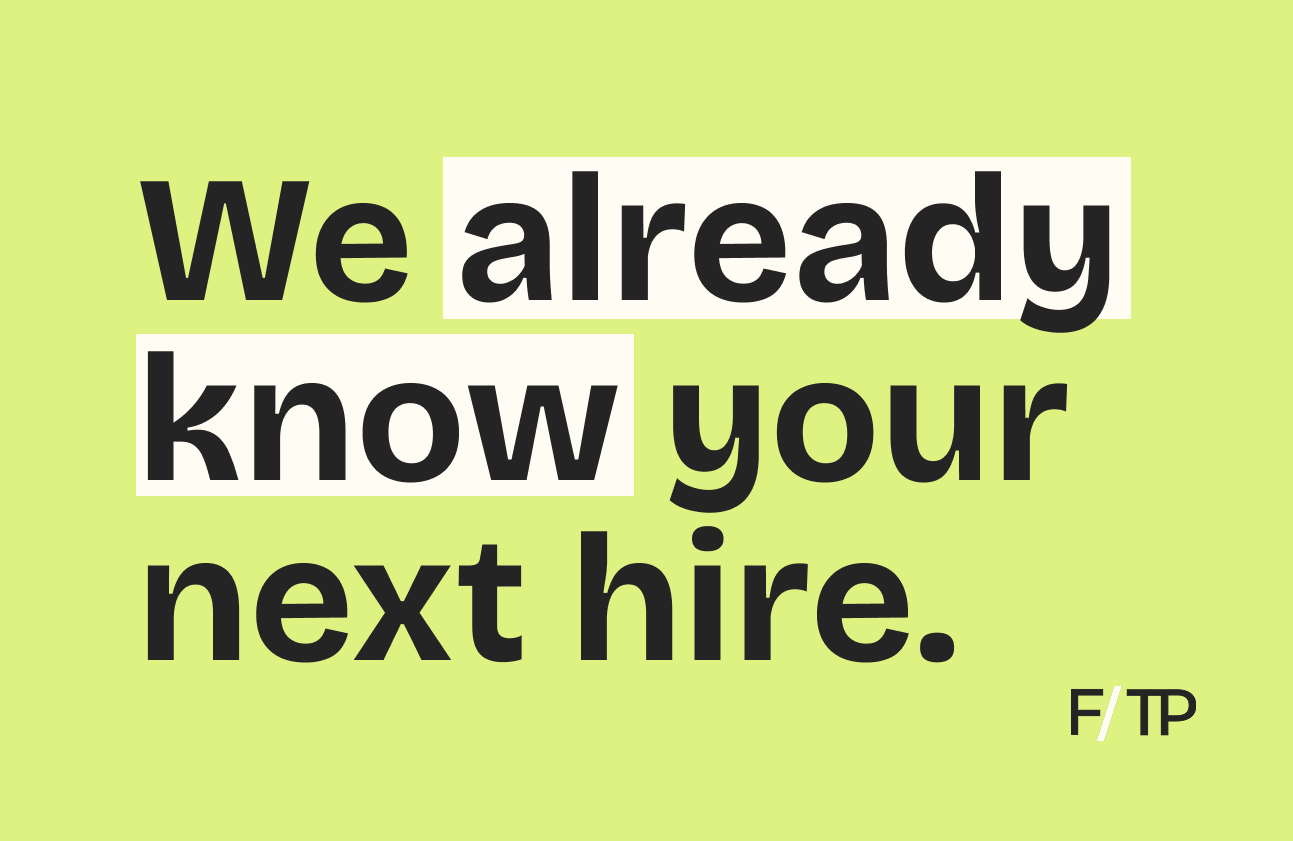As the metaverse looms, VR fitness has generated a lot of buzz. Now, some are looking at the potential of another application for VR — therapy.
What it is: VR therapy augments existing treatments for disorders ranging from phobias to chronic pain, immersing patients in safe and controlled environments.
Why it’s important: Mental health disorders are on the rise — COVID has proven especially traumatizing to healthcare workers, and depression has surged nationwide. Safer, quicker, and less expensive, VR therapeutics offer an alternative to traditional immersion therapy.
Riding a wave of interest in the metaverse, the VR healthcare market is projected to grow at a staggering 32% CAGR through 2027 to $3.9B. Now, mental health VR startups are seeing a flood of attention:
- Teletherapy platform Rey secured $10M this summer and debuted its immersive mental wellness platform.
- Tripp raised $11M to develop VR mindfulness experiences that mimic a psychedelic trip, minus the hallucinogens.
- Speaking of, companies pioneering VR + psychedelic drug experiences are taking off, too: see Firefly VR and Ketamine One.
Beyond mental health, VR could also make waves in the billion-dollar chronic pain market. Opioid-free therapeutics startup AppliedVR raised a $36M Series B last month; earlier this year, XRHealth landed $9M to expand its at-home, VR-powered clinic services.
Does it work? Even though we’re in on the trick, VR still fools us and can teach us healthier coping mechanisms.
- A study of patients with severe paranoid beliefs found that phobias halved after just a single VR coaching session.
- AppliedVR recently received FDA approval for its tech after a clinical trial demonstrated successful reduction of pain without the use of drugs.
- A study by Oxford professor Daniel Freeman, found a 38% decrease in anxiety and avoidant symptoms after six weeks.
A pioneer of VR therapy, Freeman also happens to be a scientific founder at Rey. He expanded on the illusion:
“The beautiful bit… is that there’s also a conscious bit of your brain saying it’s not real, therefore I can try things differently. It doesn’t break the spell; it just enables you to make the learning.”
That’s not to say that all VR therapy is bulletproof. As with all emerging tech, there’s still a lag between innovation and good-quality research.
Takeaway: The socioeconomic health gap has plagued mental health for years. With a growing number of promising clinical trials, some think VR could be the answer. Additional innovation, like the development of AI therapists, could further drive down costs and increase access.
Even so, there’s still quite a ways to go in terms of portability and affordability. Jonathan Rogers, researcher at UCL, puts it best:
“VR is not going to be the solution. It may be part of the solution, but it’s not going to make medications and formal therapies obsolete.”






